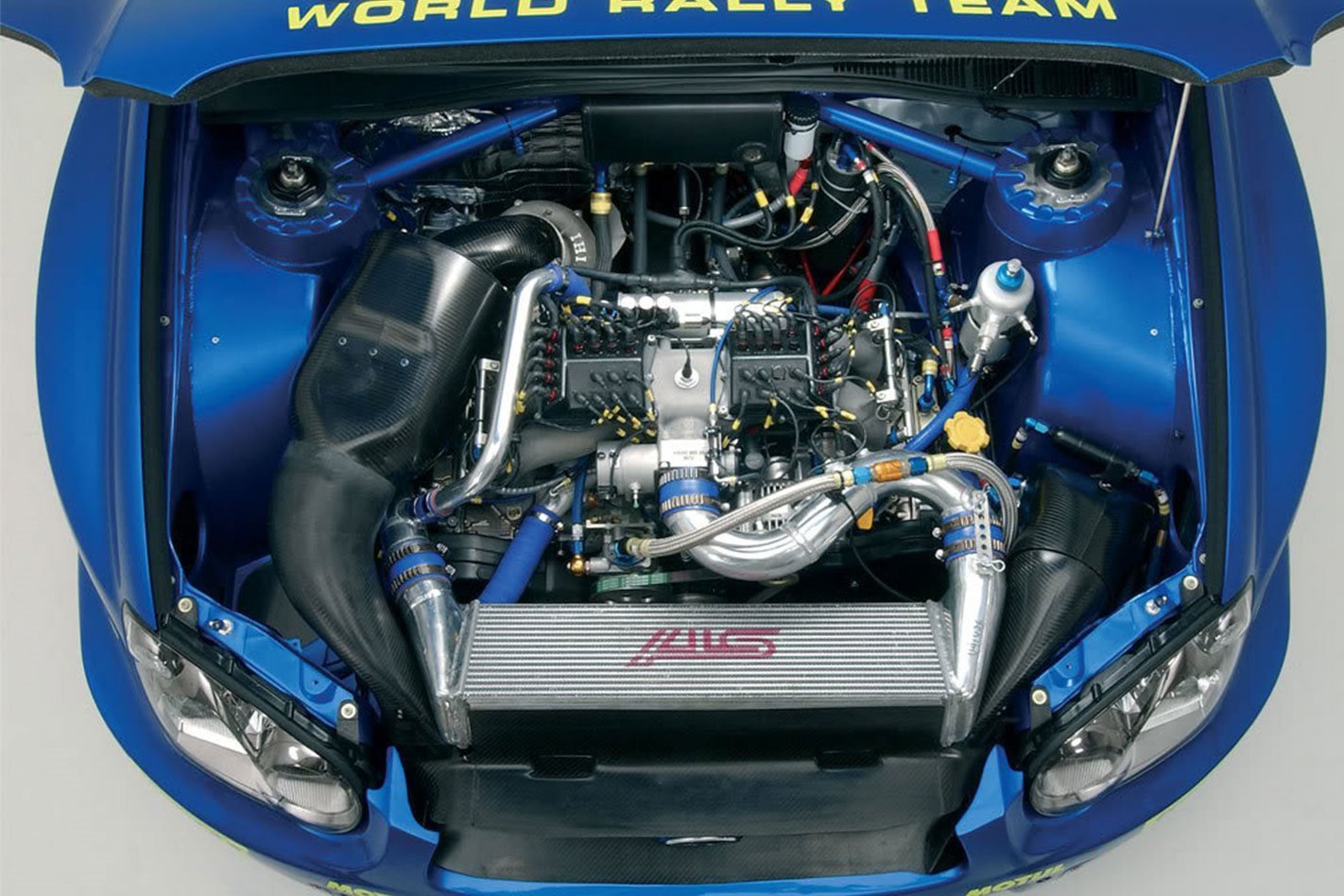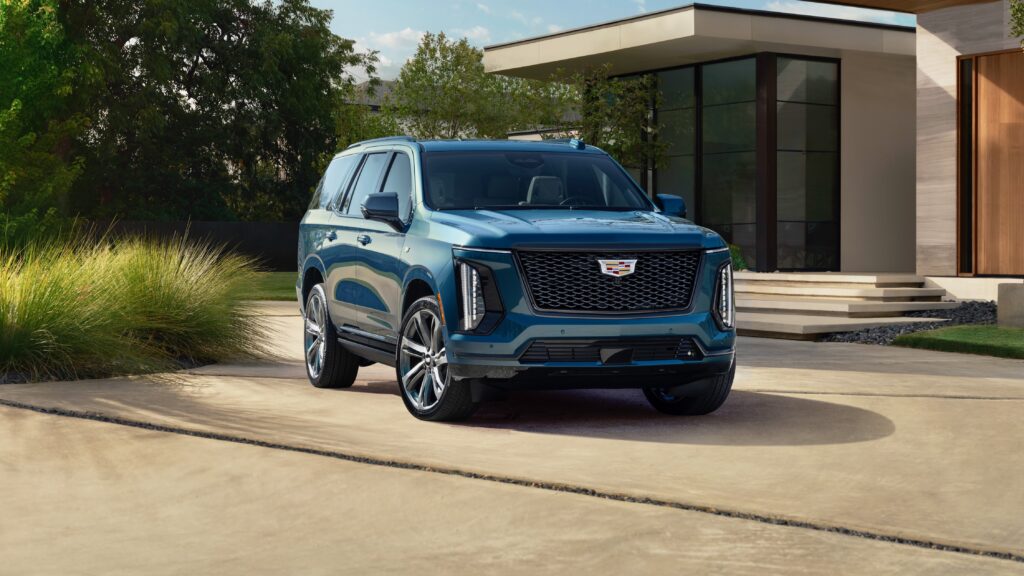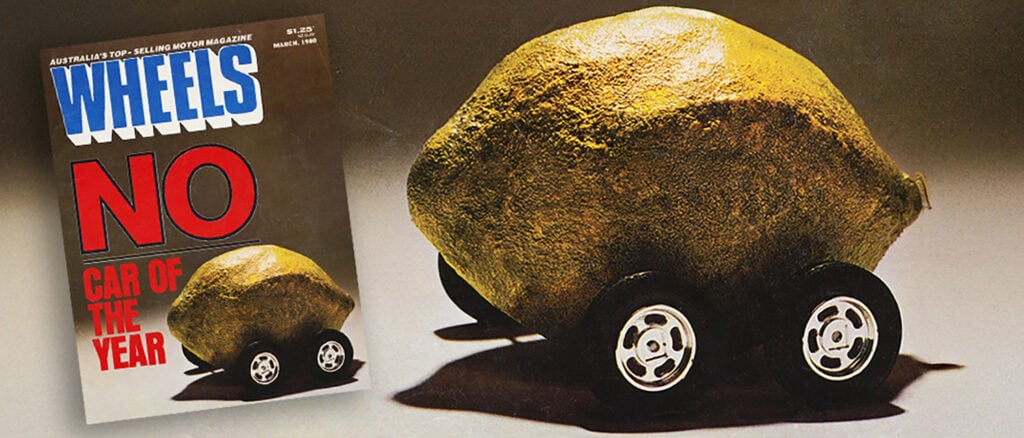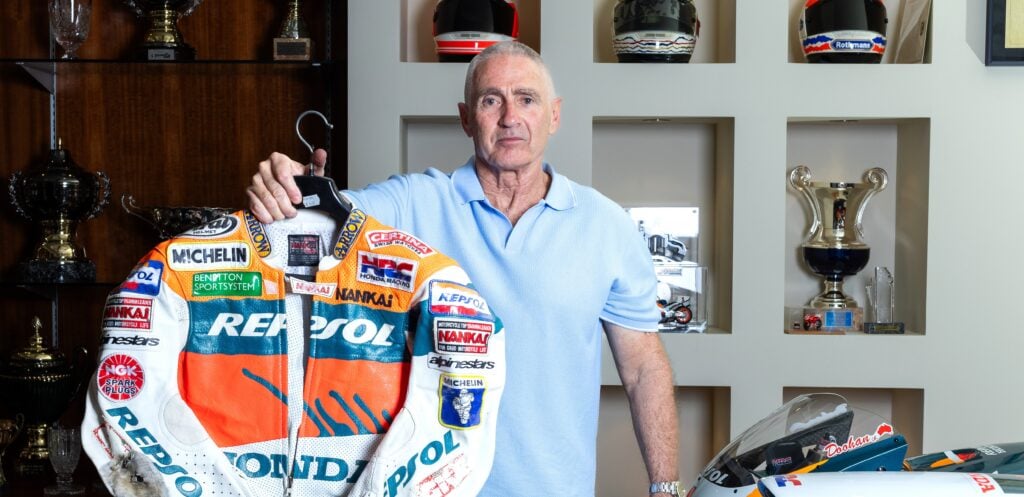Ford’s third-generation GT may be the Blue Oval’s most advanced car yet, but it features an old-school anti-lag system borrowed from the race car version and linking back to Formula 1 and WRC’s flame-spitting turbocharged glory days.
The GT features five drive modes, and rotating its F1-style knob to either the Sport or Track modes enables the anti-lag system (ALS). Details remain a mystery for now ahead of the car’s international launch, but we know the trick lies in managing the throttle opening and fuel delivery.
In a nutshell, the idea is that the ECU detects when the driver has lifted off the accelerator pedal and feeds more petrol into the cylinders when the throttle is closed – igniting excess fuel in the exhaust manifold and using the resulting kinetic energy to keep the turbine spinning.
The result is more instantaneous throttle response once the driver gets back on the gas.
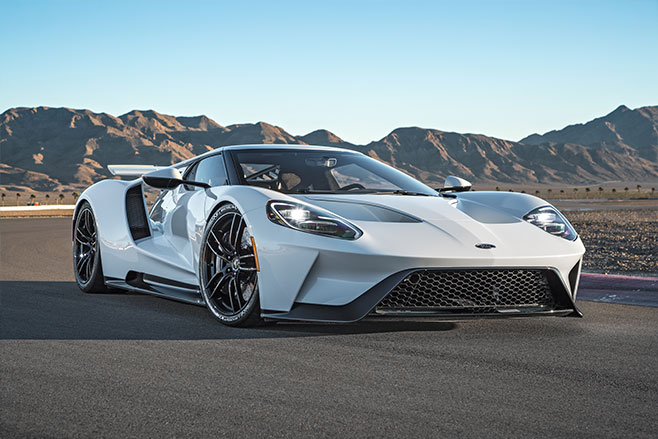
Twin-scroll, variable geometry, sequential and even electric turbos have all helped to reduce turbo lag in modern cars, though while most have made lumpy power delivery history there can still be a fraction of delay even with the most successful executions.
Swedish brand Volvo introduced an alternative approach recently with its simple yet cunning PowerPulse system. Integrated into its D5 sequential twin-turbo diesel engine, it combined an electrically driven compressor and compact air tank.

We’ll take the GT’s approach, however, as it promises to deliver the classic “bang-bang” rally car sounds off throttle, if not the fiery tailpipes.
ALS IN MOTORSPORT
Big wings, big power. The Eighties were the truly wild era of Formula 1 and the World Rally Championship, and turbo power was the common denominator.
By the middle of the decade, F1 cars were smashing 1000kW-plus with qualifying-spec engines built to last just a handful of laps. Yet even the world’s brightest engineers struggled to solve the chronic issue of lag at lower revs, which could be as long as two seconds according to drivers of the time.

In world rallying, Saab’s 99 Turbo was winning rallies before Audi’s five-cylinder turbo Quattro started the AWD revolution – though the Ingolstadt brand was first to employ anti-lag techniques. Like Ferrari, it squirted petrol into the turbo to keep it spinning on the overrun.
Turbos were banned from F1 after 1988 on safety grounds, and WRC’s glorious Group B era was abruptly ended by a series of fatalities. Rallying has persisted with the turbo formula, and today’s WRC contenders include anti-lag systems.


